In the vast world of power transmission, transmission lines are like a lifeline, connecting thousands of households with bright lights. However, these seemingly solid lines often face the challenges of nature, especially the complex and changeable weather environment. In order to ensure the safe and stable operation of the transmission line, the electric weather station came into being and became the "weather sentinel" to guard the transmission line.
The WX-DQX6 power weather station mainly monitors the local meteorological environment of the transmission line corridor in real time, and provides accurate weather warning and decision support for the power dispatching department by collecting key meteorological data such as wind speed, wind direction, temperature, humidity, pressure and precipitation. The timely acquisition and analysis of these data is of great significance for preventing line failure, reducing power outage time and improving power supply reliability.
In the power system, transmission line corridors often span a wide area and face various complex meteorological conditions. Different landforms, such as mountains, valleys and plains, will have a significant impact on the meteorological environment. The electric weather station can realize the fine monitoring of the local meteorological environment by arranging in the key nodes and the disaster-prone areas. These stations can not only monitor the meteorological data in real time, but also transmit the data to the dispatching center through wireless transmission technology to provide timely and accurate meteorological information services for the power department.
The electric weather station plays an irreplaceable role in ensuring the power supply. In severe weather conditions, such as typhoons, rainstorms, lightning, etc., electric weather stations can timely monitor meteorological changes and provide early warning information for power departments. The scheduler can take measures in advance according to this information, adjust the operation mode, and avoid or reduce the occurrence of line faults. At the same time, the data of the electric weather station can also be used to guide line inspection and maintenance work to improve work efficiency and quality.
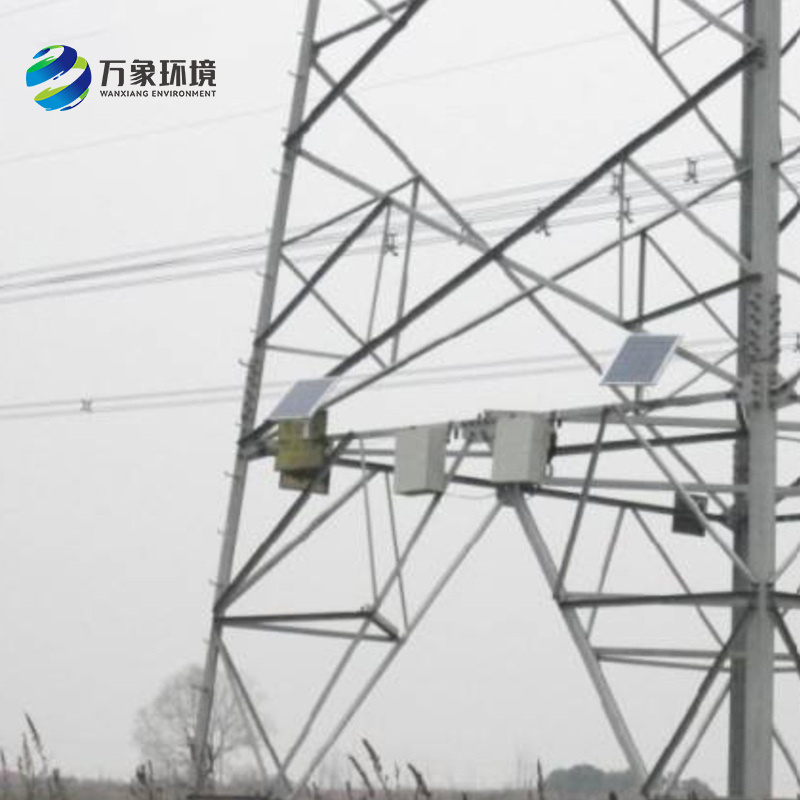
Article address:
http://www.qxhjjc.com/en/newcen/1054.html












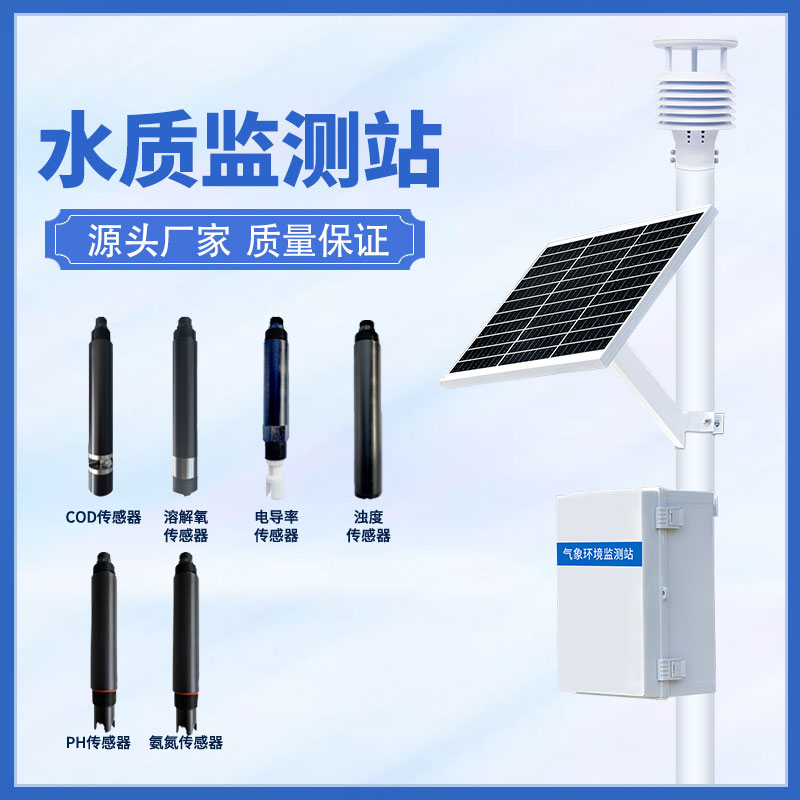
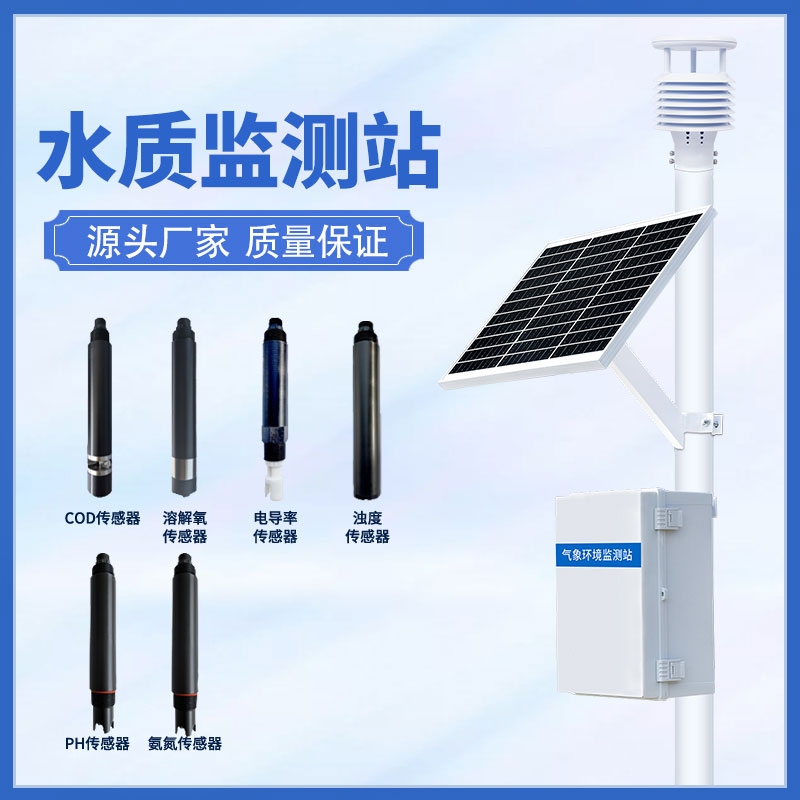
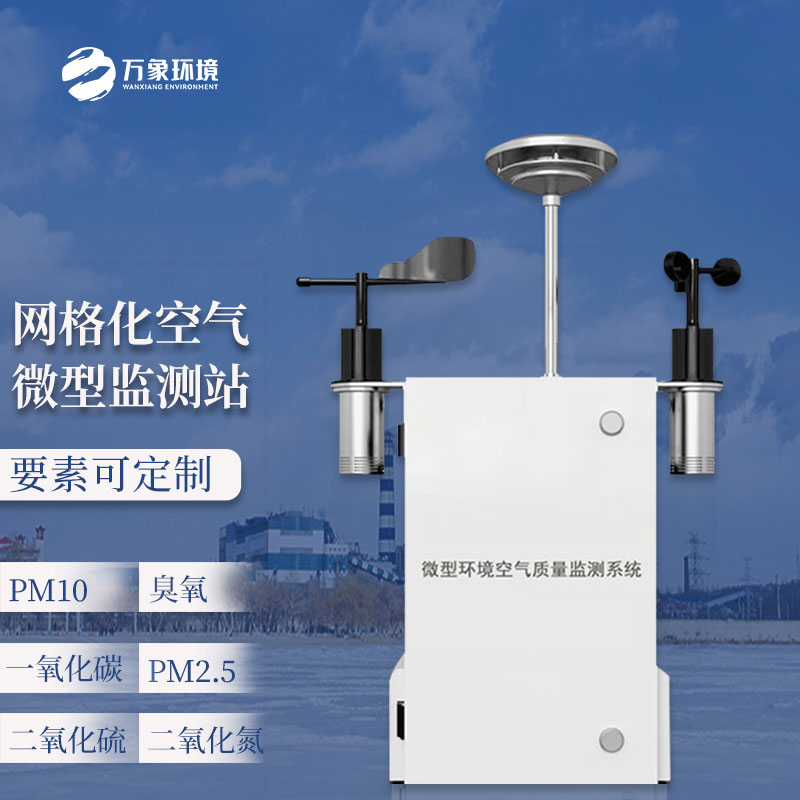
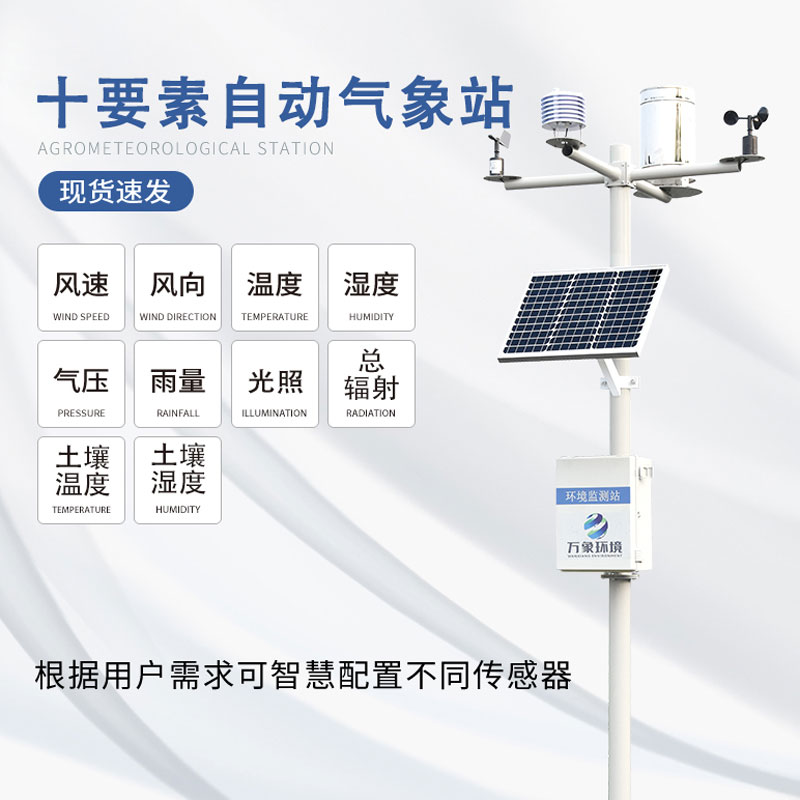


 Home
Home phone
phone Product Overview
Product Overview Contact Us
Contact Us